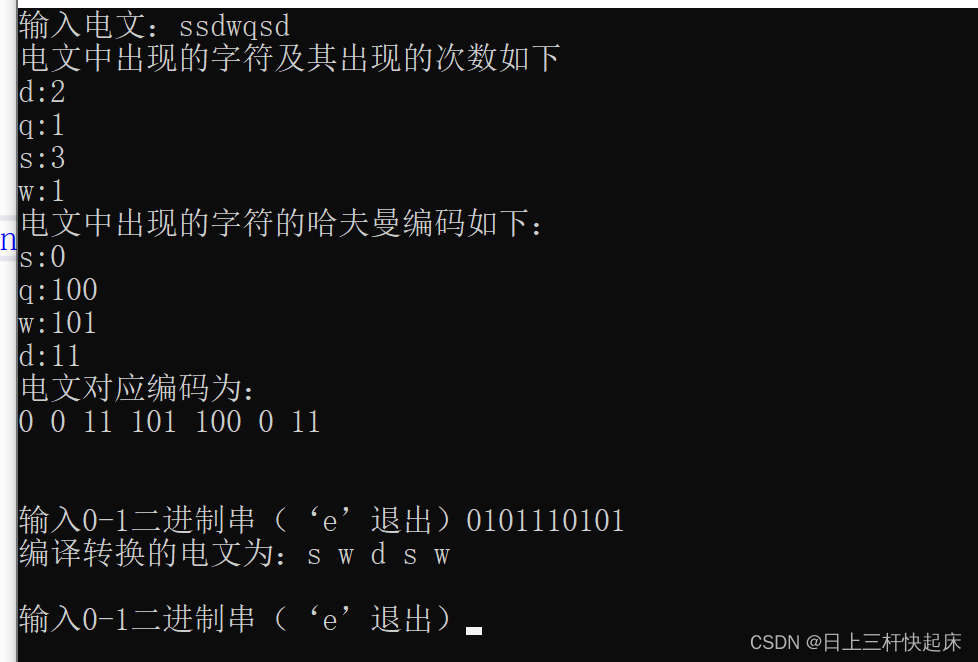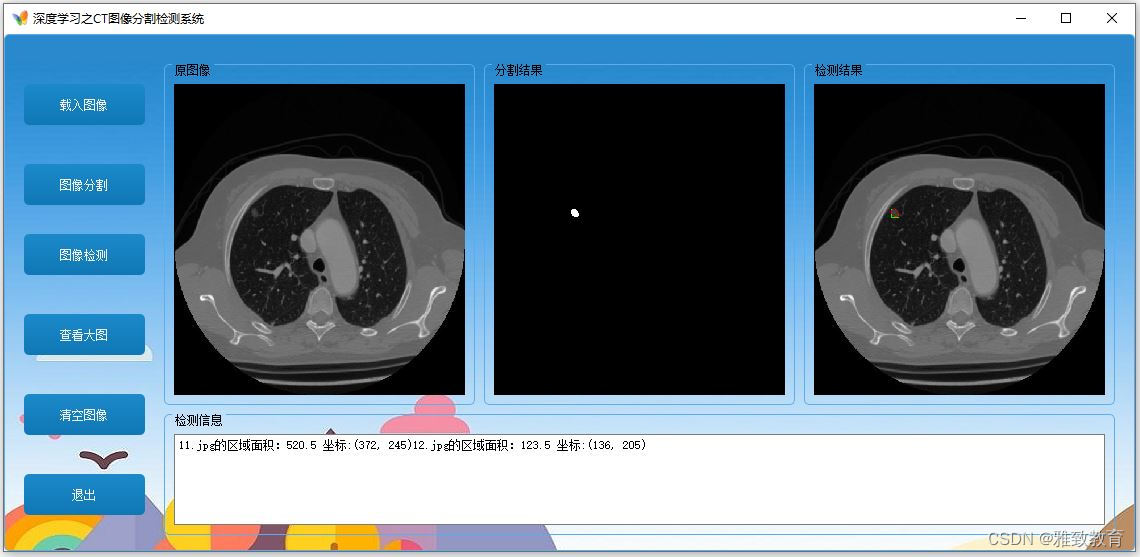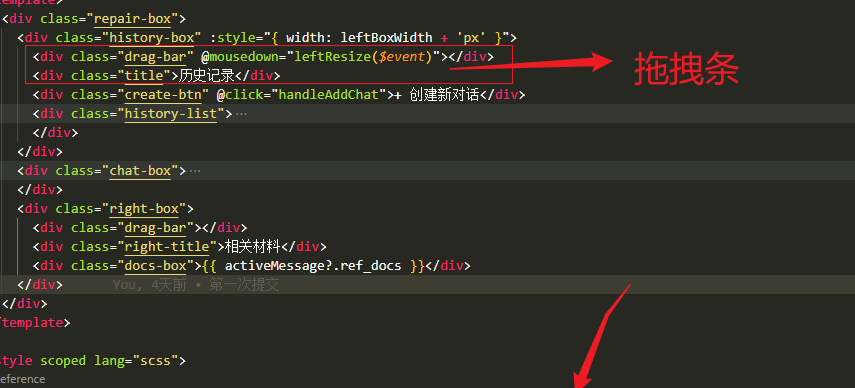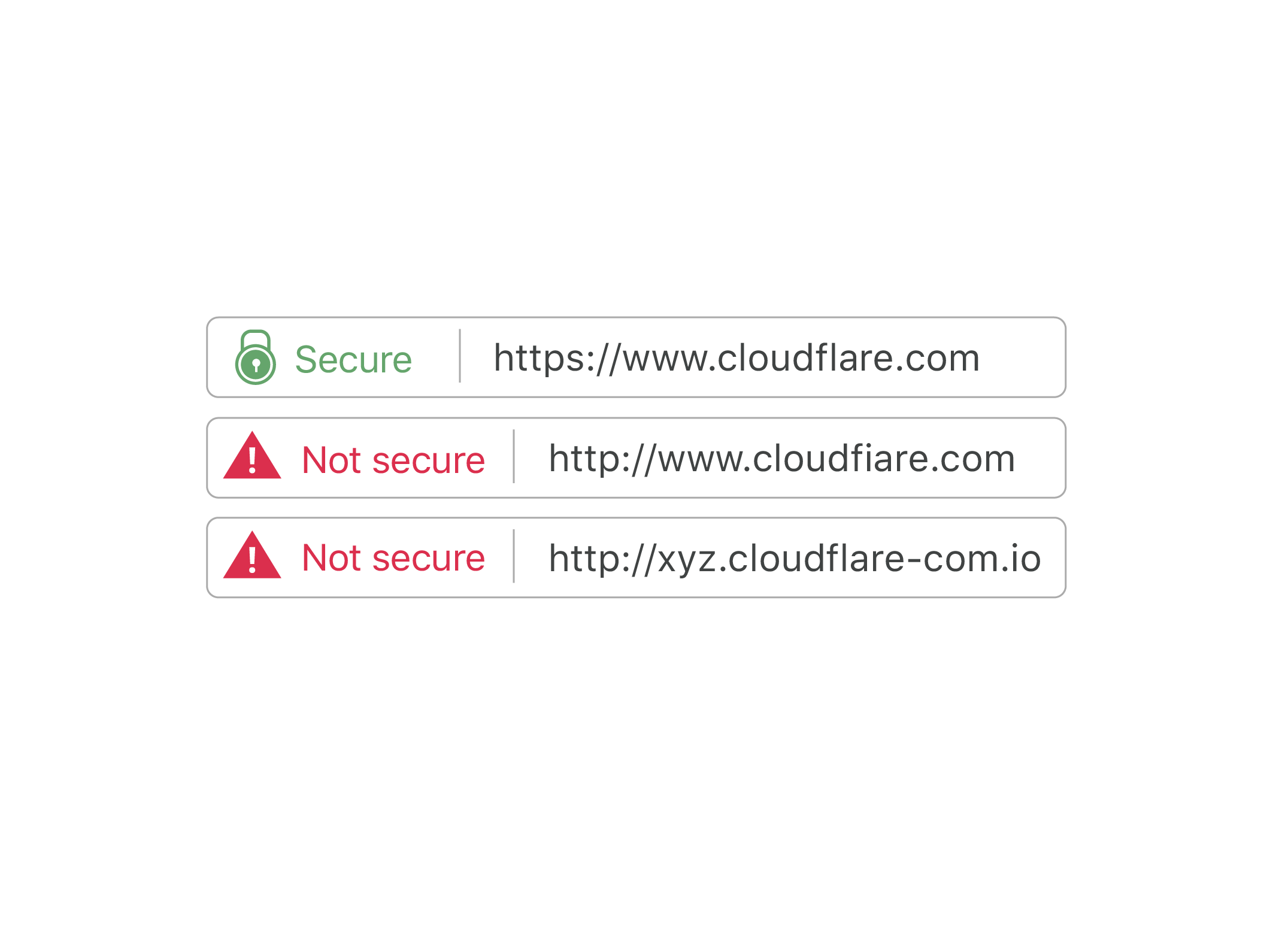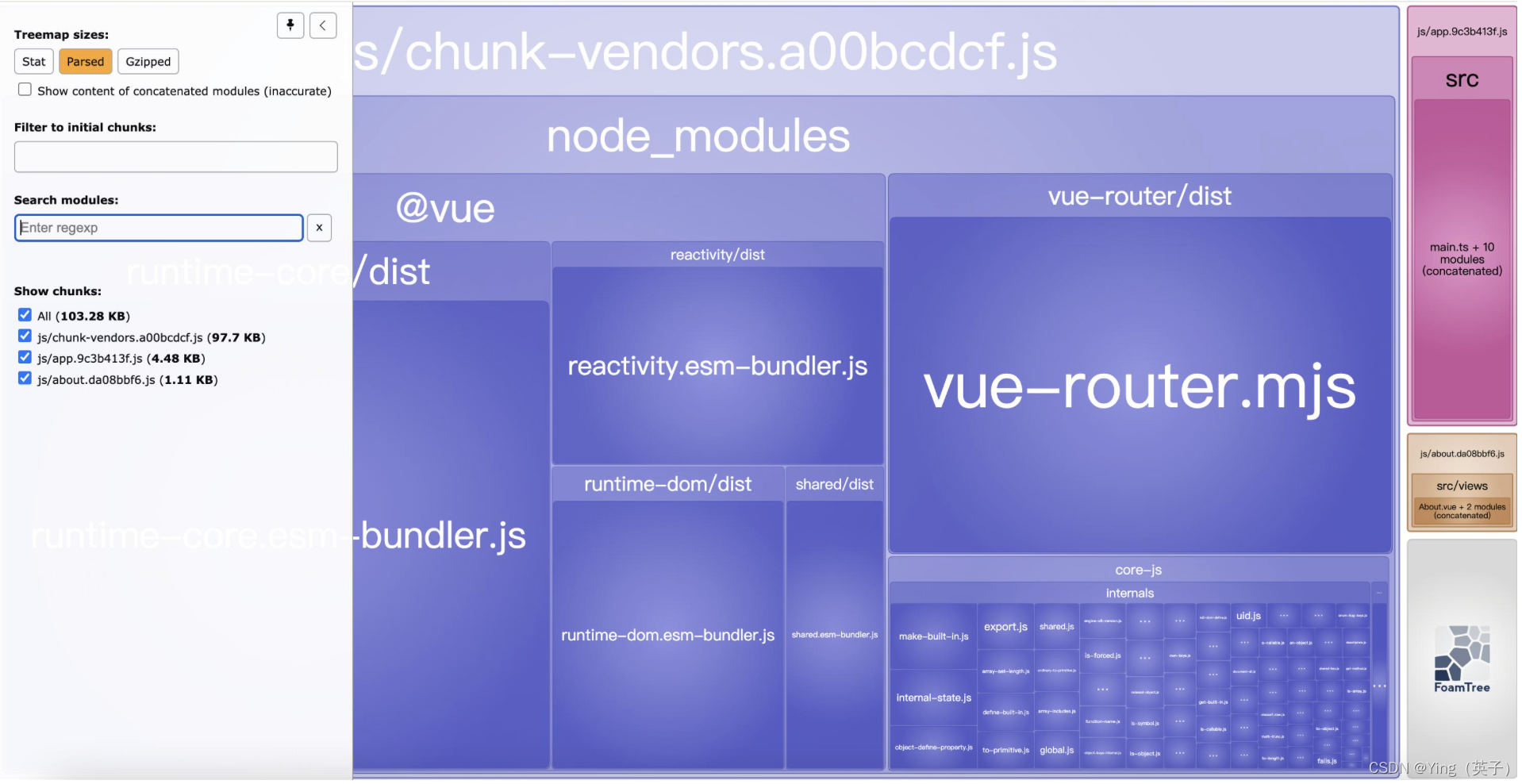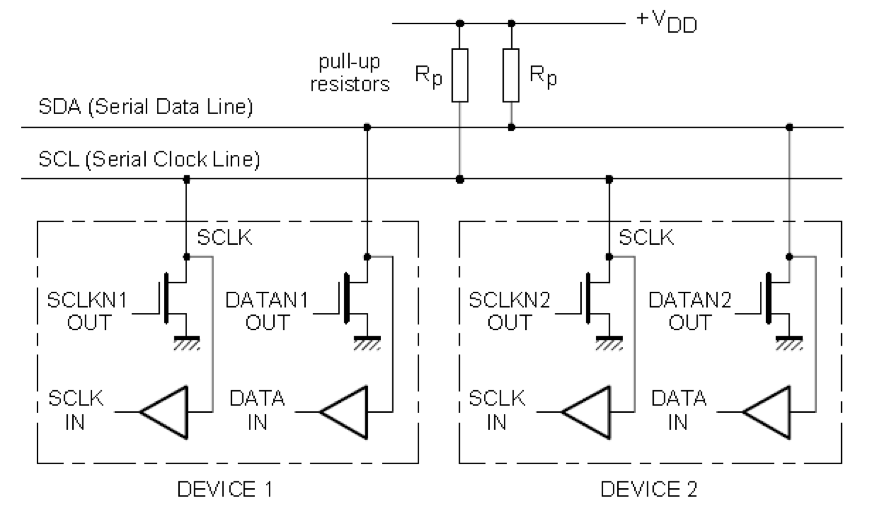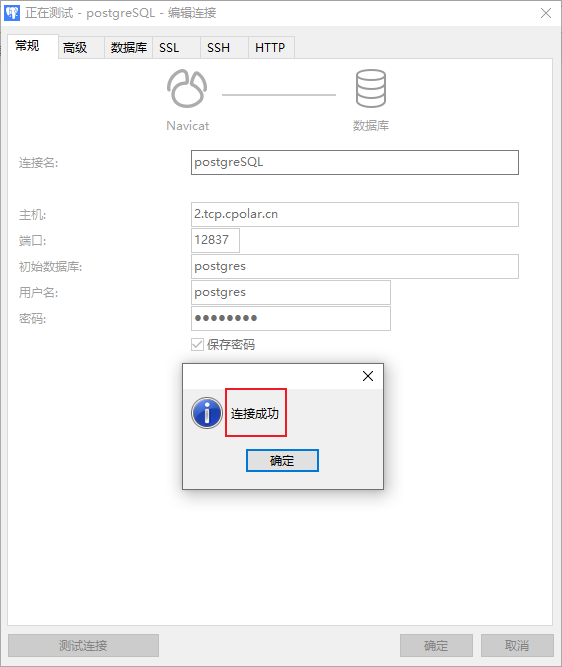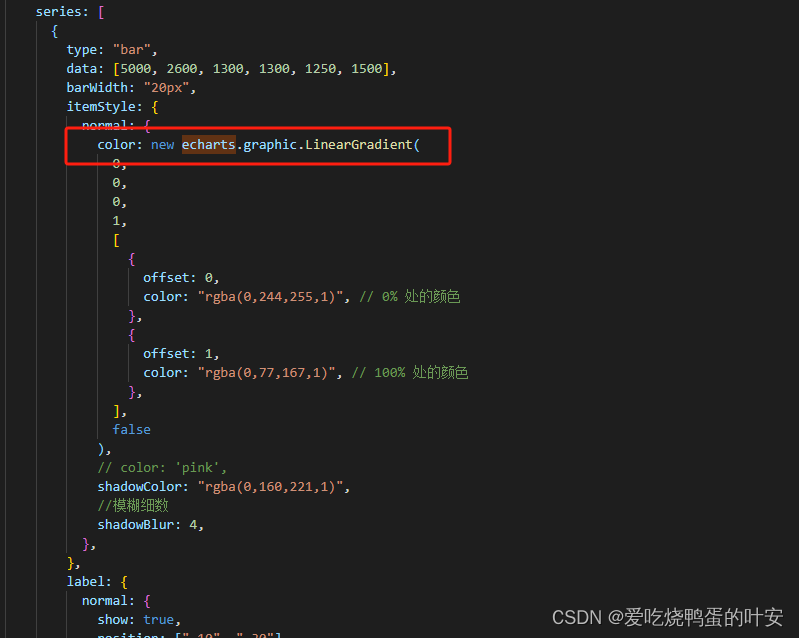一、SpringBoot是什么?
springboot是依赖于spring的,比起spring,除了拥有spring的全部功能以外,springboot无需繁琐的xml配置,这取决于它自身强大的自动装配功能;并且自身已嵌入Tomcat、Jetty等web容器,集成了springmvc,使得springboot可以直接运行,不需要额外的容器,提供了一些大型项目中常见的非功能性特性,如嵌入式服务器、安全、指标,健康检测、外部配置等。
springboot 是一个服务于框架的框架,简化了spring的配置。
二、SpringBoot启动过程
启动流程图如下:

1、运行 SpringApplication.run() 方法
可以肯定的是,所有的标准的springboot的应用程序都是从run方法开始的
package com.spring;
import org.springframework.beans.factory.config.ConfigurableListableBeanFactory;
import org.springframework.boot.SpringApplication;
import org.springframework.boot.autoconfigure.SpringBootApplication;
import org.springframework.context.ConfigurableApplicationContext;
@SpringBootApplication
public class App {
public static void main(String[] args) {
// 启动springboot
ConfigurableApplicationContext run = SpringApplication.run(App.class, args);
}
}进入run方法后,会 new 一个SpringApplication 对象,创建这个对象的构造函数做了一些准备工作,编号第2~5步就是构造函数里面所做的事情
/**
* Static helper that can be used to run a {@link SpringApplication} from the
* specified sources using default settings and user supplied arguments.
* @param primarySources the primary sources to load
* @param args the application arguments (usually passed from a Java main method)
* @return the running {@link ApplicationContext}
*/
public static ConfigurableApplicationContext run(Class<?>[] primarySources,
String[] args) {
return new SpringApplication(primarySources).run(args);
}另外在说明一下,springboot启动有三种方式.
2、确定应用程序类型
在SpringApplication的构造方法内,首先会通过 WebApplicationType.deduceFromClasspath(); 方法判断当前应用程序的容器,默认使用的是Servlet 容器,除了servlet之外,还有NONE 和 REACTIVE (响应式编程);

3、加载所有的初始化器
这里加载的初始化器是springboot自带初始化器,从从 META-INF/spring.factories 配置文件中加载的,那么这个文件在哪呢?自带有2个,分别在源码的jar包的 spring-boot-autoconfigure 项目 和 spring-boot 项目里面各有一个

spring.factories文件里面,看到开头是 org.springframework.context.ApplicationContextInitializer 接口就是初始化器了 ,

当然,我们也可以自己实现一个自定义的初始化器:实现 ApplicationContextInitializer接口既可
MyApplicationContextInitializer.java
package com.spring.application;
import org.springframework.context.ApplicationContextInitializer;
import org.springframework.context.ConfigurableApplicationContext;
/**
* 自定义的初始化器
*/
public class MyApplicationContextInitializer implements ApplicationContextInitializer<ConfigurableApplicationContext> {
@Override
public void initialize(ConfigurableApplicationContext configurableApplicationContext) {
System.out.println("我是初始化的 MyApplicationContextInitializer...");
}
}在resources目录下添加 META-INF/spring.factories 配置文件,内容如下,将自定义的初始化器注册进去;
org.springframework.context.ApplicationContextInitializer=\
com.spring.application.MyApplicationContextInitializer
启动springboot后,就可以看到控制台打印的内容了,在这里我们可以很直观的看到它的执行顺序,是在打印banner的后面执行的;

4、加载所有的监听器
加载监听器也是从 META-INF/spring.factories 配置文件中加载的,与初始化不同的是,监听器加载的是实现了 ApplicationListener 接口的类

自定义监听器也跟初始化器一样,依葫芦画瓢就可以了,这里不在举例;
5、设置程序运行的主类
deduceMainApplicationClass(); 这个方法仅仅是找到main方法所在的类,为后面的扫包作准备,deduce是推断的意思,所以准确地说,这个方法作用是推断出主方法所在的类;

6、开启计时器
程序运行到这里,就已经进入了run方法的主体了,第一步调用的run方法是静态方法,那个时候还没实例化SpringApplication对象,现在调用的run方法是非静态的,是需要实例化后才可以调用的,进来后首先会开启计时器,这个计时器有什么作用呢?顾名思义就使用来计时的嘛,计算springboot启动花了多长时间;关键代码如下:
// 实例化计时器
StopWatch stopWatch = new StopWatch();
// 开始计时
stopWatch.start();run方法代码段截图

7、将java.awt.headless设置为true
这里将java.awt.headless设置为true,表示运行在服务器端,在没有显示器器和鼠标键盘的模式下照样可以工作,模拟输入输出设备功能。
做了这样的操作后,SpringBoot想干什么呢?其实是想设置该应用程序,即使没有检测到显示器,也允许其启动.对于服务器来说,是不需要显示器的,所以要这样设置.
方法主体如下:
private void configureHeadlessProperty() {
System.setProperty(SYSTEM_PROPERTY_JAVA_AWT_HEADLESS, System.getProperty(
SYSTEM_PROPERTY_JAVA_AWT_HEADLESS, Boolean.toString(this.headless)));
}通过方法可以看到,setProperty()方法里面又有个getProperty();这不多此一举吗?其实getProperty()方法里面有2个参数, 第一个key值,第二个是默认值,意思是通过key值查找属性值,如果属性值为空,则返回默认值 true;保证了一定有值的情况;
8、获取并启用监听器
这一步 通过监听器来实现初始化的的基本操作,这一步做了2件事情
- 创建所有 Spring 运行监听器并发布应用启动事件
- 启用监听器

9、设置应用程序参数
将执行run方法时传入的参数封装成一个对象

仅仅是将参数封装成对象,没啥好说的,对象的构造函数如下
public DefaultApplicationArguments(String[] args) {
Assert.notNull(args, "Args must not be null");
this.source = new Source(args);
this.args = args;
}那么问题来了,这个参数是从哪来的呢?其实就是main方法里面执行静态run方法传入的参数,

10、准备环境变量
准备环境变量,包含系统属性和用户配置的属性,执行的代码块在 prepareEnvironment 方法内

打了断点之后可以看到,它将maven和系统的环境变量都加载进来了

11、忽略bean信息
这个方法configureIgnoreBeanInfo() 这个方法是将 spring.beaninfo.ignore 的默认值值设为true,意思是跳过beanInfo的搜索,其设置默认值的原理和第7步一样;
private void configureIgnoreBeanInfo(ConfigurableEnvironment environment) {
if (System.getProperty(
CachedIntrospectionResults.IGNORE_BEANINFO_PROPERTY_NAME) == null) {
Boolean ignore = environment.getProperty("spring.beaninfo.ignore",
Boolean.class, Boolean.TRUE);
System.setProperty(CachedIntrospectionResults.IGNORE_BEANINFO_PROPERTY_NAME,
ignore.toString());
}
}当然也可以在配置文件中添加以下配置来设为false
spring.beaninfo.ignore=false目前还不知道这个配置的具体作用,待作者查明后在补上
12、打印 banner 信息
显而易见,这个流程就是用来打印控制台那个很大的spring的banner的

那他在哪里打印的呢?他在 SpringBootBanner.java 里面打印的,这个类实现了Banner 接口,
而且banner信息是直接在代码里面写死的;

有些公司喜欢自定义banner信息,如果想要改成自己喜欢的图标该怎么办呢,其实很简单,只需要在resources目录下添加一个 banner.txt 的文件即可,txt文件内容如下
_ _
(_) | |
_ _ _____ ___ _ __ __| | ___ _ __ __ _
| | | |/ _ \ \/ / | '_ \ / _` |/ _ \| '_ \ / _` |
| |_| | __/> <| | | | | (_| | (_) | | | | (_| |
\__, |\___/_/\_\_|_| |_|\__,_|\___/|_| |_|\__, |
__/ | __/ |
|___/ |___/
:: yexindong::一定要添加到resources目录下,别加错了

只需要加一个文件即可,其他什么都不用做,然后直接启动springboot,就可以看到效果了

13、创建应用程序的上下文
实例化应用程序的上下文, 调用 createApplicationContext() 方法,这里就是用反射创建对象,没什么好说的;

14、实例化异常报告器
异常报告器是用来捕捉全局异常使用的,当springboot应用程序在发生异常时,异常报告器会将其捕捉并做相应处理,在spring.factories 文件里配置了默认的异常报告器,

需要注意的是,这个异常报告器只会捕获启动过程抛出的异常,如果是在启动完成后,在用户请求时报错,异常报告器不会捕获请求中出现的异常,

了解原理了,接下来我们自己配置一个异常报告器来玩玩;
MyExceptionReporter.java 继承 SpringBootExceptionReporter 接口
package com.spring.application;
import org.springframework.boot.SpringBootExceptionReporter;
import org.springframework.context.ConfigurableApplicationContext;
public class MyExceptionReporter implements SpringBootExceptionReporter {
private ConfigurableApplicationContext context;
// 必须要有一个有参的构造函数,否则启动会报错
MyExceptionReporter(ConfigurableApplicationContext context) {
this.context = context;
}
@Override
public boolean reportException(Throwable failure) {
System.out.println("进入异常报告器");
failure.printStackTrace();
// 返回false会打印详细springboot错误信息,返回true则只打印异常信息
return false;
}
}在 spring.factories 文件中注册异常报告器
# Error Reporters 异常报告器
org.springframework.boot.SpringBootExceptionReporter=\
com.spring.application.MyExceptionReporter
接着我们在application.yml 中 把端口号设置为一个很大的值,这样肯定会报错,
server:
port: 80828888启动后,控制台打印如下图

15、准备上下文环境
这里准备的上下文环境是为了下一步刷新做准备的,里面还做了一些额外的事情;

15.1、实例化单例的beanName生成器
在 postProcessApplicationContext(context); 方法里面。使用单例模式创建 了BeanNameGenerator 对象,其实就是beanName生成器,用来生成bean对象的名称
15.2、执行初始化方法
初始化方法有哪些呢?还记得第3步里面加载的初始化器嘛?其实是执行第3步加载出来的所有初始化器,实现了ApplicationContextInitializer 接口的类
15.3、将启动参数注册到容器中
这里将启动参数以单例的模式注册到容器中,是为了以后方便拿来使用,参数的beanName 为 :springApplicationArguments
16、刷新上下文
刷新上下文已经是spring的范畴了,自动装配和启动 tomcat就是在这个方法里面完成的,还有其他的spring自带的机制在这里就不一一细说了,

17、刷新上下文后置处理
afterRefresh 方法是启动后的一些处理,留给用户扩展使用,目前这个方法里面是空的,
/**
* Called after the context has been refreshed.
* @param context the application context
* @param args the application arguments
*/
protected void afterRefresh(ConfigurableApplicationContext context,
ApplicationArguments args) {
}18、结束计时器
到这一步,springboot其实就已经完成了,计时器会打印启动springboot的时长

在控制台看到启动还是挺快的,不到2秒就启动完成了;

19、发布上下文准备就绪事件
告诉应用程序,我已经准备好了,可以开始工作了

20、执行自定义的run方法
这是一个扩展功能,callRunners(context, applicationArguments) 可以在启动完成后执行自定义的run方法;有2中方式可以实现:
- 实现 ApplicationRunner 接口
- 实现 CommandLineRunner 接口
接下来我们验证一把,为了方便代码可读性,我把这2种方式都放在同一个类里面
package com.spring.init;
import org.springframework.boot.ApplicationArguments;
import org.springframework.boot.ApplicationRunner;
import org.springframework.boot.CommandLineRunner;
import org.springframework.stereotype.Component;
/**
* 自定义run方法的2种方式
*/
@Component
public class MyRunner implements ApplicationRunner, CommandLineRunner {
@Override
public void run(ApplicationArguments args) throws Exception {
System.out.println(" 我是自定义的run方法1,实现 ApplicationRunner 接口既可运行" );
}
@Override
public void run(String... args) throws Exception {
System.out.println(" 我是自定义的run方法2,实现 CommandLineRunner 接口既可运行" );
}
}启动springboot后就可以看到控制台打印的信息了

